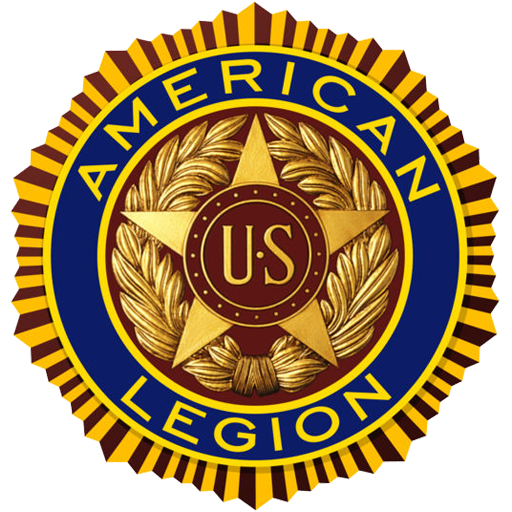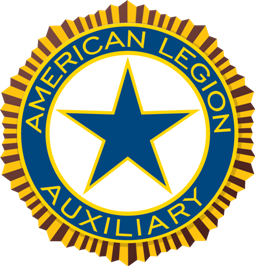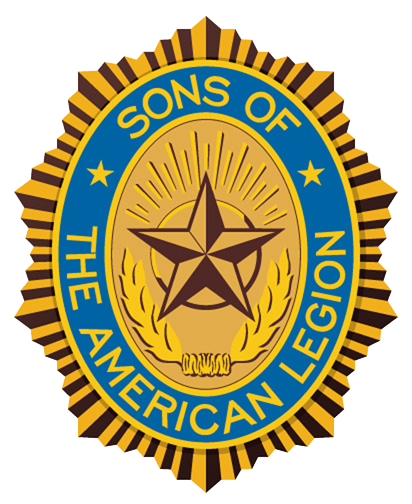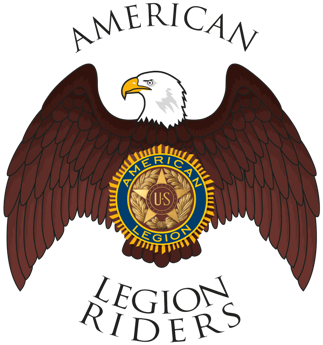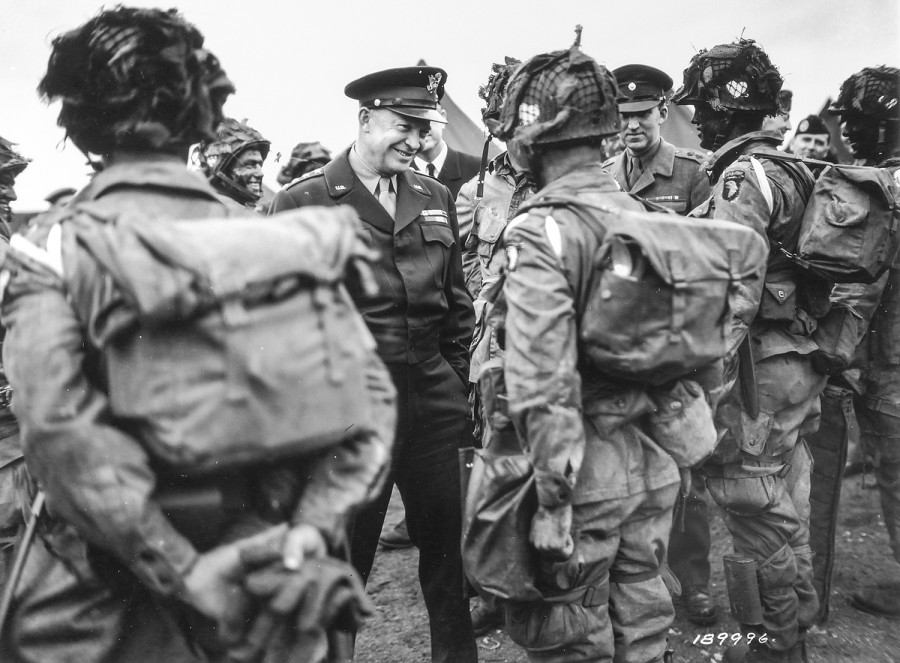
In the gray light of dawn, master stonemason Joe Sieiro gently wrapped a white towel around Gen. Dwight Eisenhower’s throat.
The general, his right hand raised as if in midsentence, his pants perfectly creased, was lying on a wooden pallet, his back and feet cushioned by blue blankets.
The towel was to protect his neck, around which Sieiro then looped a yellow fabric halter so a crane could lift the 9-foot-tall, bronze Ike across the landscape of the new memorial in his honor in downtown Washington.
At 7:30 a.m. on a recent Saturday, the 500-pound statue of Eisenhower, the World War II general, statesman and 34th U.S. president, was lowered into place before a scene from D-Day carved in limestone and the words to his men, “The tide has turned! The free men of the world are marching together to Victory!”
It was a milestone in the construction of the 4-acre, $150 million memorial on Independence Avenue as the mammoth bronzes of Eisenhower and men from the 101st Airborne Division rose from their pallets and took their places in the nation’s landscape.
Many years and controversies later, the memorial is scheduled to be dedicated on May 8, the 75th anniversary of the end of World War II in Europe. Other sculptures, depicting Eisenhower as president and Eisenhower as a boy, will be added in a few weeks.
The tableau that Saturday was inspired by a photograph of Eisenhower addressing men of the 101st Airborne Division before they went to battle in Normandy on June 6, 1944.
In the photograph, the men, their faces blackened for combat, their uniforms rumpled, gather around Eisenhower as he gestures with one hand.
The arrangement of the sculptures is similar, with the men in their uniforms, their belts cinched, their pockets packed with gear.
The installation was choreographed carefully, with Sieiro, of Lorton Stone, operating the mobile crane and the sculptor, Sergey Eylanbekov, overseeing the action.
Each of the three statue sets had to be lowered so that steel rods protruding from their feet slid into holes drilled into the stone where they were to stand. The two groups of soldiers — one with four men, the other with two men — weighed several thousand pounds each, Sieiro said.
Eylanbekov first sculpted the statues in clay in a studio in Pietrasanta, Italy, studying portraits of Eisenhower and shots of the general with his men the day before D-Day. Molds were made from the clay and molten bronze was poured into the impressions.
The statues were shipped to Norfolk and arrived at the memorial site earlier this month.
On the evening of June 5, 1944, Eisenhower had waded into a crowd of men from the 101st Airborne Division, clambering over barbed wire and chatting with the paratroopers before they boarded their airplanes for France.
The photo shows men from the 502nd Parachute Infantry Regiment of the 101st Airborne Division at Greenham Common, England, according to the Library of Congress.
In bronze, the faces of the paratroopers appear as if they were modeled on living people.
Indeed, Eylanbekov said that an elderly woman who experienced the war in fascist Italy, where the Americans fought the Germans in bitter combat, spotted one of the statues at his Pietrasanta studio and began to cry. “I saw him,” she said, indicating the figure.
“I was very touched,” he said.
But the images of the paratroopers are all invented and are symbols, rather than precise reproductions of anyone. “I didn’t want to make any particular person‚“ Eylanbekov said.
The moment he sought to capture is larger than the photograph, he said from his home on Long Island. “It’s about soldiers and a great general doing something very fundamental … for the future, for freedom.”
He said he wanted to capture the intensity of the moment. He exaggerated the angles of the folds in the uniforms and gave the giant soldiers oversize hands. “Everything was supposed to work toward tension,” he said. “Expressed in hands, in faces … in the eyes and the way their stand, the way they bunch together.”
He said the sculptures, which began with sketches and small models in 2011, were the most important of his life.
“My goal was … to use every bit of skill and every bit of my soul to make something meaningful for the people,” Eylanbekov said. “I’m an immigrant [from Russia]. I’m a citizen of the U.S. … I feel very honored and inspired” to do the work.
The dramatic scene was “the moment before the storm,” Eylanbekov said in a video on the memorial’s website. “Probably was a very difficult and emotional moment for Gen. Eisenhower,” who had just made the decision to launch the Allied invasion of Nazi-occupied France despite poor weather.
“What captured me reading about this (was) that he had this certain warmth and humanity in him,” he said. “And this was the thing that was indispensable, because he was not just a leader. He had this human characteristic … and I imagine that’s exactly what would be the best for the soldiers. Many of them were to die in a very short period of time.”
Wearing a white hard hat, jeans and a yellow safety vest on Saturday, Eylanbekov paced with his hands clasped behind his back as his creations dangled from the crane and were maneuvered by workers.
He snapped photos with his cellphone. It was the first time he would see all the elements in place as he actually wanted, he said.
He had seen them together before in “approximately the composition intended,” Eylanbekov said. “Here it’s precisely as intended. … So far, so good.”
The statues were covered with a protective layer of resin and wax, but the 101st Airborne Division’s distinctive screaming eagle insignia was clearly visible on one uniform.
They were placed against a limestone backdrop, also designed by Eylanbekov, depicting in relief landing boats on placid water off a Normandy beach.
“It was intentionally supposed to be quiet,” he said. “I didn’t want any commotion in the background.”
He said he visited the Normandy beaches where the landings took place to get a feel for the place.
The memorial’s original design, by architect Frank Gehry, was unveiled in 2010 but met with strong disapproval from Congress and Eisenhower’s relatives, among others. The design was revised and tweaked and argued over for years before a ceremonial groundbreaking was held in 2017.
Sen. Pat Roberts, R-Kan., who as a teenager met Eisenhower and serves as chairman of the Eisenhower Memorial Commission, said it was “surreal” to see the memorial nearly finished. “Now, we’ve truly come full circle,” he said in a statement.
After the sculptures were set in place, Eylanbekov looked them over and said he was content.
Almost a decade in the making, “they’re finally in the place where they’re supposed to be,” he said.

